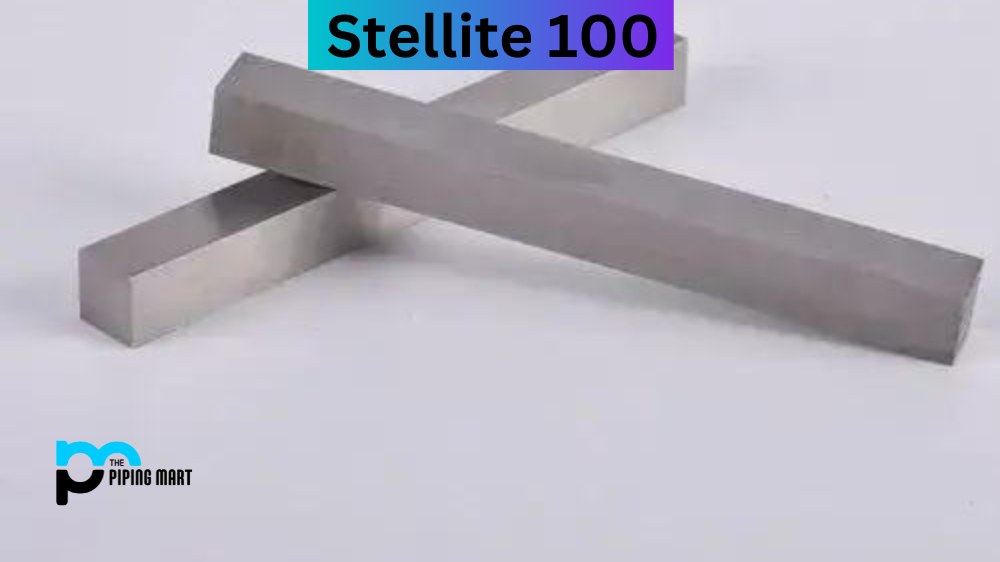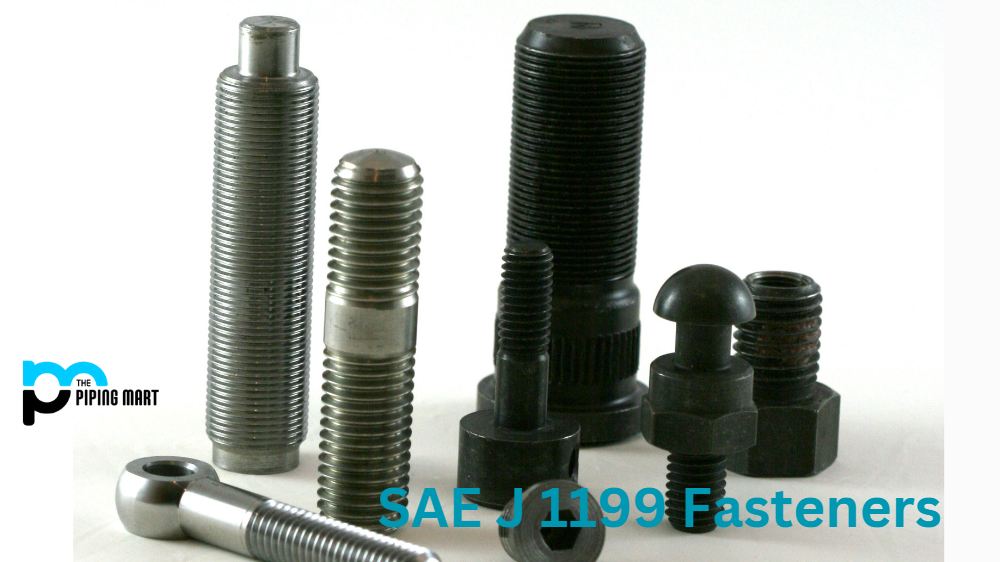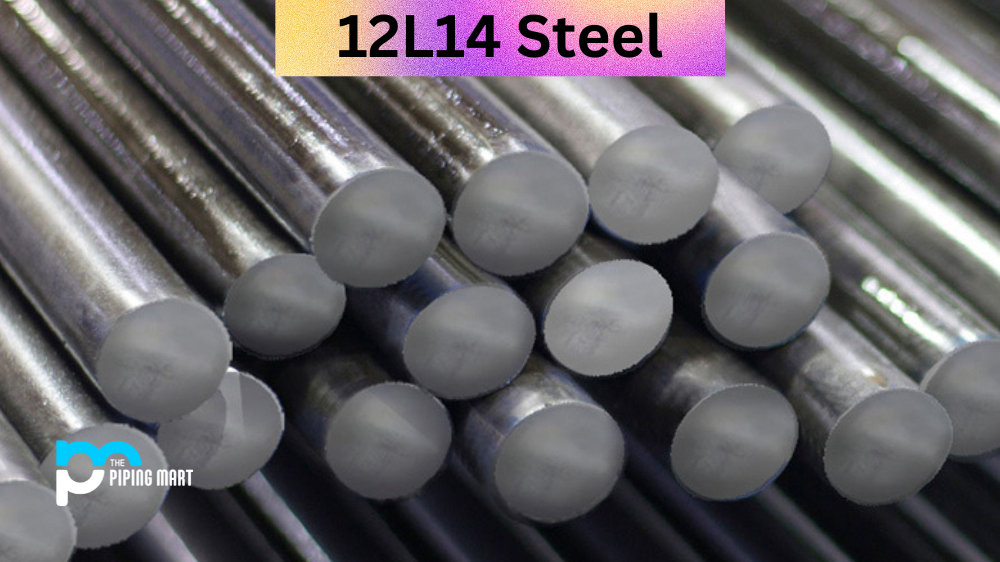When choosing a high-performance alloy that can withstand challenging environments, stellite 100 is one of the top contenders. This cobalt-based alloy offers excellent corrosion resistance, wear properties, and high-temperature performance, making it a go-to material for numerous industrial applications. In this blog, we’ll delve into the composition, physical and mechanical properties of stellite 100, including its hardness, heat treatment, and welding characteristics. We’ll also examine why corrosion resistance is critical and how stellite 100’s corrosion performance rates compare with other materials.
Stellite 100 Composition
Stellite 100 is composed of cobalt, chromium, tungsten, and carbon. It also contains trace amounts of nickel, silicon, and iron. These metals are precisely alloyed to create a material that can withstand wear, corrosion, and extreme temperatures. Cobalt makes up the highest percentage of the alloy, ranging between 50-65%, while chromium and tungsten make up 27-33% and 8-15%, respectively. Adding carbon imparts significant hardness and wear resistance properties to satellite 100.
Stellite 100 Physical Properties
Stellite 100 has a density of 8.4-8.5 g/cm³, making it one of the densest cobalt alloys available. Its melting point range is between 1230-1305℃, offering excellent high-temperature performance. It also has a low coefficient of expansion, which means it is less prone to thermal deformation. The high density and low expansion coefficient make Stellite 100 ideal for bearing applications, combustion chamber components, and hot extrusion dies.
Stellite 100 Mechanical Properties
Apart from its physical properties, the mechanical properties of stellite 100 contribute to its robustness. It has a tensile strength of 1030 MPa and a yield strength of 585 MPa. Additionally, stellite 100 exhibits a high modulus of elasticity of 250 Gpa, essential in preventing deformation under stress. The flexibility of stellite 100 is relatively low, with an elongation of 3-5%. However, this characteristic is not a significant concern as stellite 100 is primarily utilized for its wear and corrosion properties.
Stellite 100 Hardness
Stellite 100, measuring between 38 and 45 on the Rockwell C hardness scale, offers exceptional hardness. Stellite 100 has a higher hardness than other cobalt alloys, making it an ideal material for applications requiring surface damage and wear resistance. This property results from the material’s carbon content and tungsten carbides, which increase the alloy’s hardness.
Stellite 100 Heat Treatment
Stellite 100 can be hardened through air cooling or oil quenching after heating to 1260-1320℃. The air cooling method is typically used for smaller components, while the oil quenching method is used for larger, more complex parts that require a slower cooling rate to reduce the risk of thermal cracking. It’s worth noting that stellite 100’s hardness changes relatively little with heat treatment, and the primary purpose of the heat treatment process is to increase the alloy’s strength.
Stellite 100 Welding
Stellite 100 has excellent weldability, as it can be welded through gas tungsten arc welding (GTAW) or gas metal arc welding (GMAW). To ensure the highest quality welds, it’s essential to maintain proper preheat and post-weld heat treatment temperatures. Carbon in stellite 100 can cause carbide precipitation during welding, reducing flexibility. However, with the right welding procedures, stellite 100 can deliver quality welds that meet the required standards.
Stellite 100 Corrosion Resistance
Stellite 100 offers excellent corrosion resistance, particularly in acidic and harsh chemical environments. It resists most organic and inorganic compounds, making it ideal for chemical processing equipment, pumps, and valves. Compared to other highly corrosion-resistant alloys such as Hastelloy and Alloy 20, stellite 100 is often a more cost-effective option, making it a popular choice in engineering.
Conclusion
Stellite 100 is a versatile material that offers exceptional corrosion and wear resistance, making it ideal for applications across various industries. Its unique composition and physical and mechanical properties make it an attractive alternative to other alloys that may need to be more cost-effective and reliable. Understanding how to heat treat, weld, and utilize this material will ensure that manufacturers can fully realize the benefits that Stellite 100 offers. With its reliable performance and relatively low cost of ownership, it is no wonder that Stellite 100 continues to be a popular choice for industrial professionals.

Meet Bhavesh, a seasoned blogger with a wealth of knowledge and experience. From metal products manufacturing to retail, Bhavesh has a diverse background in various industries and is dedicated to sharing his insights and expertise with readers.




